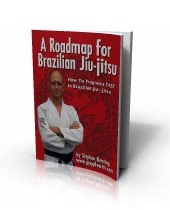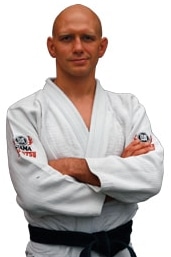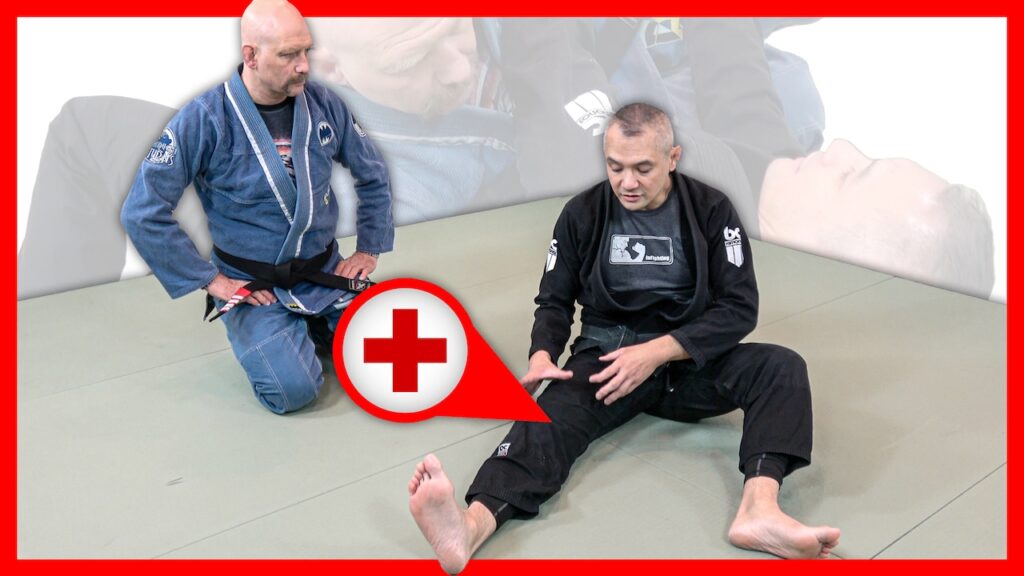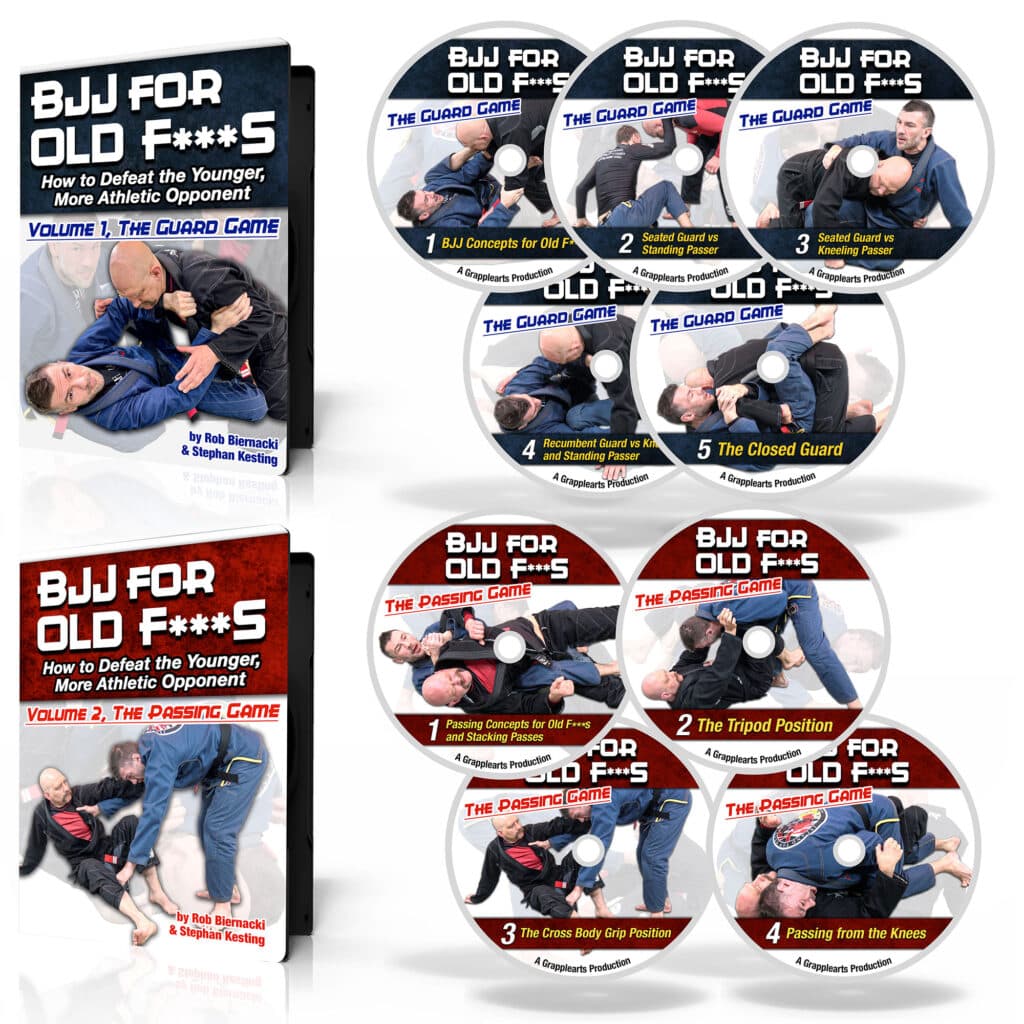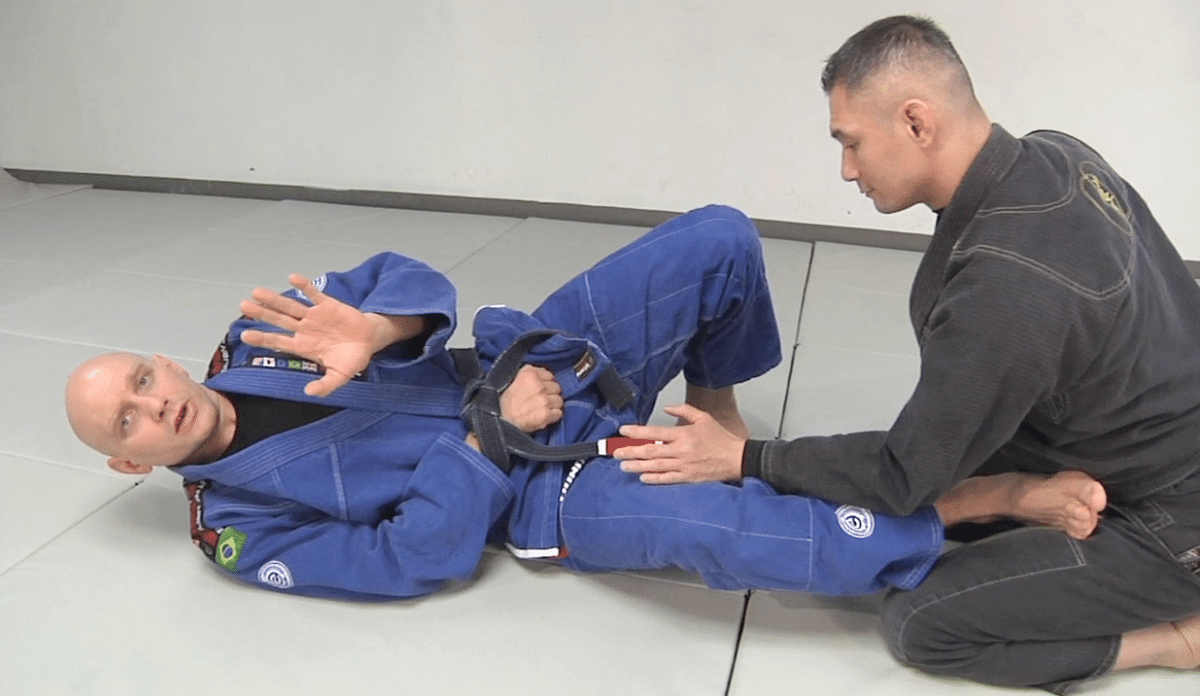
This article and video are about how to train and continue to make progress in BJJ when you’re dealing with a shoulder, elbow or wrist injury.
Now I hope that you go through your entire BJJ career without ever suffering a single injury. And you should do everything you can to avoid injuries!
But this is a contact sport, and therefore you’re probably going to get a little banged up from time to time. Realistically working around, and healing from, injuries is just part of the game. But you’ve got to be smart about it!
When you’re healing from an injury, one of the most important things is to not re-injure yourself. You’ve got to find a way to take it easy and let that body part heal.
Many wanna-be tough guys try to ignore their traumas, push through them, and attempt to train normally. If you do this then you’re risking turning the injury into a chronic condition, which will ultimately set you back much further than if you’d just let the damn thing heal properly in the first place.
(I *ahem* speak from experience here.)
The thing is that many of us are sort of obsessive-compulsive about training. Sometimes it’s hard to say what hurts worse: the pain from the injury itself, or not being able to train and watching all your friends get better while you fall further and further behind…
With this in mind I’ve released a short video about how to train BJJ even when you’ve got an injured arm. Most of the time when your wrist, elbow or shoulder is injured, you’ll still be able to do this drill.
This is a really good drill. In fact, I’ve used this drill even when I’m NOT injured because of how quickly it improves your leg dexterity from the guard. Check it out below:
Hope this helps!
How to Train BJJ with an Injured Knee
It can be really difficult to train jiu-jitsu with an injured knee because the legs and the guard are so central to the art. 90% of what you do might put strain on an already wonky knee.
That being said, there are guard retention strategies you can use that rely mostly on upper body frames and DON’T require fancy legwork. This allows you to keep your injured leg mostly straight while continuing to hone your skills while your knee heals up.
Click here to read the rest of the article about training with an injured knee…
How Not to Get Injured if You’re Older
This is a public service message for grapplers who are age 40 and older. If you’re a young punk, then move along somewhere else!
As older grapplers we’re trying to keep up with young studs who do nothing but train all day, but our bodies can no longer do what they used to do. Muscles are weaker, joints are tighter, bones are more brittle, we get tired faster and it takes forever to recover.
To help level the playing field, I’ve produced two separate instructionals for older grapplers, one focussing on the guard game and the other on guard passing. Perhaps somewhat cheekily they’re called BJJ for Old F***s, and are now two of our best-selling instructionals at Grapplearts.
The thing is that now, for a short time only, you can get BOTH instructionals at a special 2-for-1 price!
These instructionals are your guide to surviving and thriving in BJJ after age 40. Every technique is chosen to work to be as low risk and high reward as possible because we know that if you get injured then you can’t train.
Older grapplers will get TREMENDOUS value from the this instructional. Take me up on my unconditional 365 day guarantee if you get it and don’t agree!
Click here for more about the two for one deal on BJJ for Old F***s
